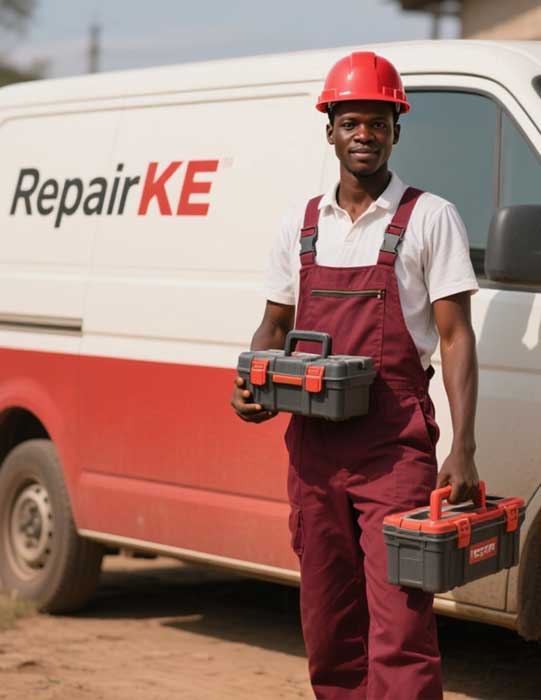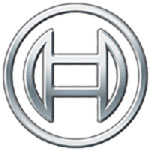
List of Common Elevator Faults and Their Descriptions
Elevators are critical for vertical transportation in residential, commercial, and industrial buildings. However, like any complex mechanical system, elevators are susceptible to faults that can disrupt operations, compromise safety, or inconvenience users. Understanding common elevator faults and their causes is essential for building managers, maintenance teams, and users to ensure timely repairs and prevent escalations. This article provides a comprehensive overview of prevalent elevator faults, their descriptions, and potential causes, structured for clarity and optimized for search engine visibility.
"Regular maintenance can prevent up to 70% of elevator faults, ensuring safety and reliability." – Elevator Maintenance Expert
Common Elevator Faults and Their Descriptions
Below is a detailed list of frequently encountered elevator faults, along with their descriptions and typical causes. These issues range from minor inconveniences to critical malfunctions requiring immediate attention.
Door Malfunction
Description: Elevator doors fail to open or close properly, or they operate intermittently. This can trap passengers inside or prevent entry, causing delays.
Causes: Misaligned door tracks, worn-out rollers, faulty door sensors, or electrical issues in the door control system.
Unleveling
Description: The elevator car does not align correctly with the floor, creating a step or gap that poses a tripping hazard.
Causes: Worn leveling sensors, hydraulic system issues, or mechanical wear in the hoist mechanism.
Erratic Movement or Jerking
Description: The elevator moves unpredictably, with sudden jerks or stops during ascent or descent, leading to an uncomfortable or unsafe ride.
Causes: Faulty motor controls, worn cables, or issues with the variable frequency drive (VFD) system.
Failure to Respond to Calls
Description: The elevator does not respond to external or internal call buttons, leaving users stranded.
Causes: Malfunctioning control panels, wiring issues, or software glitches in the elevator’s control system.
Overheating
Description: The elevator’s motor or control system becomes excessively hot, leading to shutdowns or reduced performance.
Causes: Poor ventilation, overloaded systems, or lack of regular lubrication in mechanical components.
Strange Noises
Description: Unusual sounds such as grinding, squeaking, or banging occur during elevator operation, indicating potential mechanical issues.
Causes: Worn bearings, loose components, or insufficient lubrication in the hoist or pulley systems.
Power Failure or Electrical Issues
Description: The elevator stops functioning due to a loss of power or electrical faults, often leaving passengers trapped.
Causes: Blown fuses, tripped circuit breakers, or damaged wiring in the elevator’s electrical system.
"Addressing minor faults early can prevent costly repairs and downtime in elevator systems." – Building Management Specialist
Impact of Elevator Faults
Elevator faults can have significant consequences, including safety risks, operational downtime, and costly repairs. For instance, door malfunctions or unleveling can lead to accidents, while power failures may require emergency interventions. Regular maintenance, including inspections and timely repairs, is crucial to mitigate these issues. Building managers should prioritize working with certified elevator technicians to ensure compliance with safety standards and regulations.
"Elevator faults, if ignored, can escalate into emergencies, endangering lives and disrupting building operations." – Safety Compliance Officer
Preventive Measures and Maintenance
To minimize elevator faults, proactive maintenance is essential. Key strategies include:
- Scheduled Inspections: Regular checks of mechanical, electrical, and safety systems to identify wear and tear.
- Lubrication: Applying appropriate lubricants to moving parts to reduce friction and noise.
- Software Updates: Ensuring the elevator’s control system software is up-to-date to prevent glitches.
- Load Testing: Verifying the elevator can handle its rated capacity without strain.
Partnering with a reputable elevator maintenance company ensures that faults are detected early and addressed efficiently. Additionally, training building staff to recognize early signs of faults, such as unusual noises or slow response times, can prevent major disruptions.
"A well-maintained elevator can operate reliably for decades, reducing the frequency of faults." – Elevator Technician
Understanding common elevator faults and their descriptions empowers building managers and users to take proactive steps toward safety and reliability. By addressing issues like door malfunctions, unleveling, or electrical failures promptly, elevators can continue to provide efficient and safe transportation. Regular maintenance and collaboration with qualified technicians are key to minimizing downtime and ensuring a seamless user experience.




